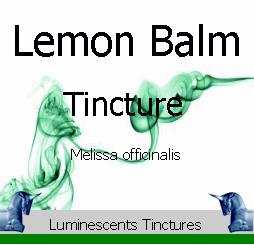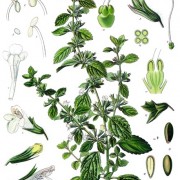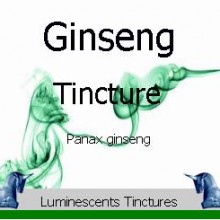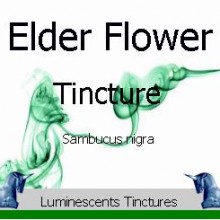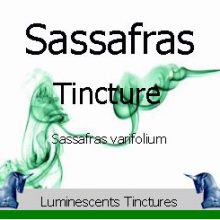Lemon Balm Tincture (Melissa officinalis), not to be confused with bee balm, Monarda species, is a perennial herb in the mint family Lamiaceae, native to southern Europe and the Mediterranean region.
It grows to 70-150 cm tall. The leaves have a gentle lemon scent, related to mint. At the end of the summer, little white flowers full of nectar appear. These attract bees, hence the genus name Melissa (Greek for ‘honey bee’). Its flavour comes from the terpenes citronellal, citronellol, citral, and geraniol.
Uses for Lemon Balm Tincture:-
It combines well with allspice, bay leaves, mint, pepper, chervil, rosemary and thyme. A wonderful addition to fruit salads, green salads, herb butters, fruit drinks, sorbets. It can also be used in egg dishes, custards, soups and casseroles. It works well in stuffings for poultry,lamb or pork. Its subtle flavour is perfect for sauces and marinades for fish.
Lemon Balm is the basis of the cordial eau des Carmes and is also found in Benedictine and Chartreuse.
It is used as a flavouring in tisane and ice cream, but its most common use is to make herbal teas. It makes a particularly refreshing iced tea, especially when mixed with other herbs such as spearmint. It is also often paired with fruit dishes or sweets.
Lemon balm essential oil is very popular in aromatherapy. The essential oil is commonly co-distilled with lemon oil, citronella oil, or other oils.
Lemon Balm is also used medicinally as a herbal tea, or in extract form. It is claimed to have antibacterial, antiviral properties, and it is also used as a mild sedative or calming agent. At least one study has found it to be effective at reducing stress, although the study’s authors call for further research. Its antibacterial properties have also been demonstrated scientifically, although they are markedly weaker than those from a number of other plants studied.

